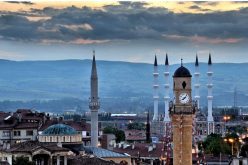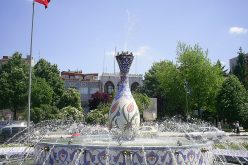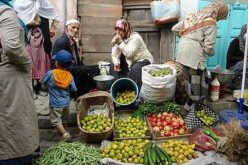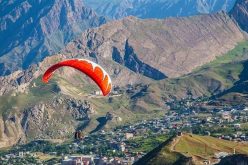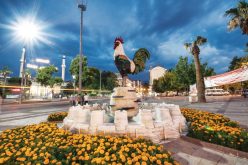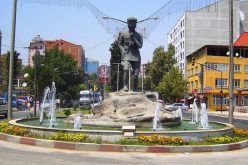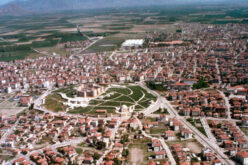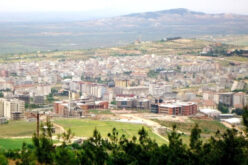Kırşehir
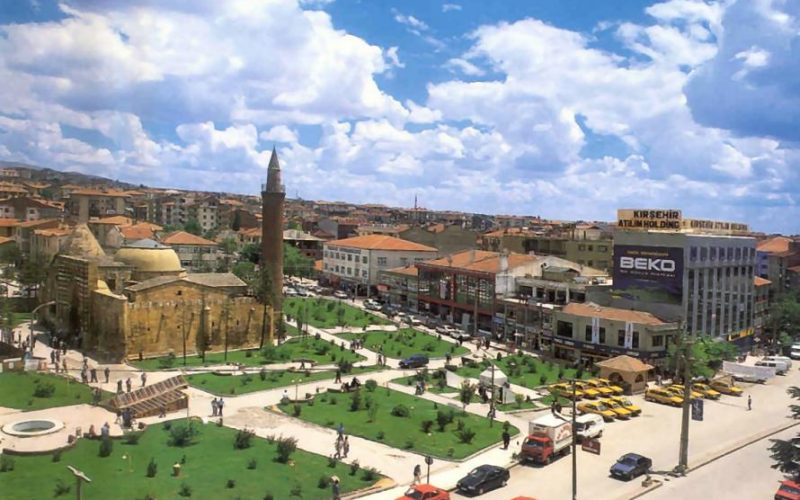
Kırsehir
Kırsehir city, formerly Macissus (also spelled Mocissusand Mokissos, Μοκισσος in Greek) and Justinianopolis which is a scene for various civilizations for thousands of years is not only drawing attention with various historical pieces of art, underground cities, but also with its rich thermal sources, Seyfe Lake (Bird Paradise) like natural beauties. Kirsehir city, the capital of the Kirsehir Province in Central Anatolia in Turkey is situated at a height of 985 meters above sea level. Rivers, mountains and wild forest areas make this enchanting place a favorite amongst tourists visiting Turkey. An extreme climate and a history that is almost hard to trace lends it an air of mystery undeniable by no one.
Kirsehir is well connected linked by road and rail to the rest of Turkey, but it is certainly easir if you try to access it from the Anatolian cites. For it is at a distance of 145 kilometers from Ankara, 80 kilometers from Nevsehir and 150 kilometers from Kayseri.
Kirsehir is supposed to have been settled in since 3000 BC and had been consequently ruled by Assyrians, Hittites, Persians, Greeks, Romans, Byzantines, Seljiuks, Mongolians, ultimately falling in the hands of the Ottoman.
Food at Kirsehir consists of the usual Turkish kebab, but try out the local delicacy of keskek for a real taste of the place.
Places To Visit ;
Çagirkan Castleis on Kirşehir – Kaman road, in Çağırkan borough, 9 km. away from Kaman province. It is settled from 3000 B. C. till Islamic Period.
Kuş Castleis thought that Kuş castle, which is near to Kaman is constructed during Hittite Period and used until the end of Byzantium Period.
Keçi Castleis at north east of Kızılca village, of Kirşehir center. Today’s height of the wall ruins of the castle, constructed by Byzantium, is 2 – 3 m. It is one of the biggest castles of Kirşehir.
Center Kalehöyük, which is at the city center, had been settled since B. C. periods till today.
Hashöyük, which is 35 km. away from city center, Hittite Period belonging ruins are found.
Mucur Underground Cityis founded in 3rd and 4th centuries A.D. There are 42 chambers, dungeons, stables, temples, secret roads and gates and ventilation shafts within this city, which is 7 – 8 m. deep from ground.
Dulkadirli Inli Murat Underground Cityis in Dulkadirli Inli Murat village, which is 58 km. away from city center. It is thought that this city is built in 4th and 5th centuries A. D. It is composed of three main spaces and 10 chambers, which are opening to these spaces.
Mosque, Mausoleum and Churches
Cacabey (Theology School) Mosquewas constructed in 1271 – 1272, and currently used as a mosque. It is served as an astronomy institute during Seljukian Period. Its minaret, which is separate from the structure, is also used as watching tower.
Derefakili Churches, which are some of the first churches of Christianity, are at the Derefakili village of Akçakent province.
Ahi Evran Mosque and Mausoleumis constructed in the name of Ahi Evran, who was the founder of the Ahilik Organization, in 1482. The structure is in the city center. You can climb to the mausoleum by a ladder inside the mosque.
Lala (Lale) Mosqueis in the city center, and just beside to the Melik Gazi Vault. Architectural style of the mosque is remembering you that it is constructed as a caravansary and a mint.
Melik Gazi Vaultis thought that the vault, which is at south east of city center, is constructed during the 13th century.Other impressive vaults are Kalender Baba Vault and Fatma Hatun Vault.
Aşikpaşa Mausoleum:Cacabey Mausoleum, Süleyman Türkmani Mausoleum, Muhterem Hatun Mausoleum, Yunus Emre Mausoleum are the valuable pieces of arts to see within the region.
Derefakılı Churches (Akçakent):Among the first Christian churches to have been built, these churches are located at Derefakılı Village,Akçakent district.
Kirşehir Museum:Various period’s findings, Ahilik belonging documents and ethnographic pieces of arts, revealed during studies and excavations performed within the region, beginning from the Asyrian Commercial Colonies, are being exhibited within the Museum.
Write a Comment
Only registered users can comment.




